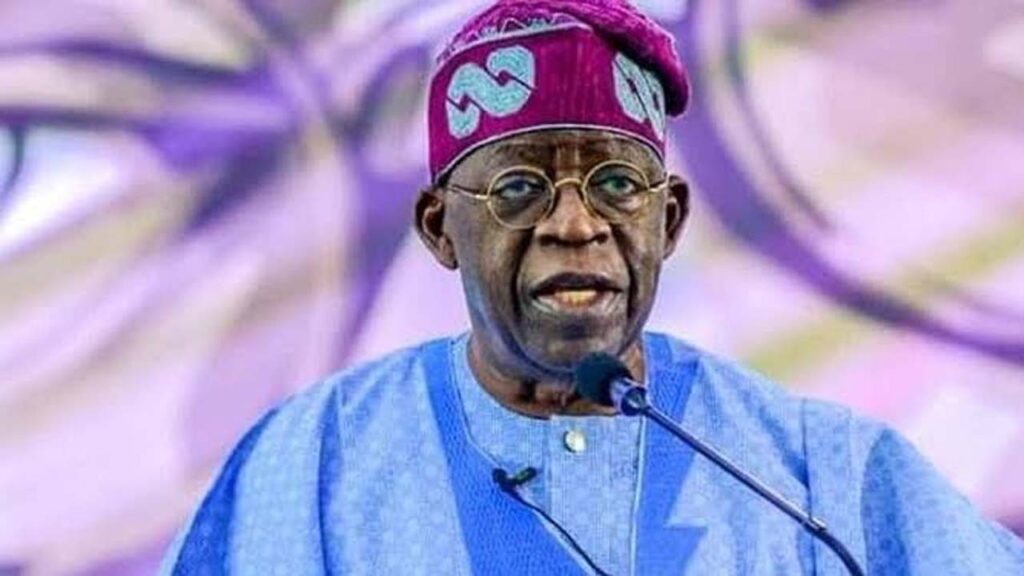CurrentReport Blog President Bola Ahmed Tinubu has officially inaugurated the Funtua Inland Dry Port in Katsina State, marking a significant milestone in Nigeria’s economic landscape. The commissioning ceremony, attended by dignitaries and stakeholders, emphasized the pivotal role of inland dry ports in fostering economic growth beyond oil exports.
Representing President Tinubu at the event, Secretary to the Federal Government, Dr. George Akume, highlighted the global prominence of inland dry ports in facilitating trade, particularly amidst the container revolution and door-to-door cargo delivery. He underscored the strategic importance of the Funtua port, the third of its kind among six planned across Nigeria’s geopolitical zones.
Akume emphasized the port’s potential to streamline international trade for inland-based shippers, enhancing the ease of conducting business. He reiterated the government’s commitment to diversifying the economy towards non-oil exports, aligning with the administration’s renewed hope agenda.
The Funtua Inland Dry Port promises importers and exporters located within inland cities and neighboring hinterland countries unprecedented access to shipping and port services. This eliminates the need for physical visits to seaports, offering convenience and efficiency in cargo clearance and transportation.
Minister of Marine and Blue Economy, Oyetola Adegboyega, underscored Katsina State’s agricultural prowess, positioning it as an ideal host for an inland dry port. With a thriving agricultural sector and a burgeoning manufacturing industry, Katsina stands poised to leverage the port’s facilities for enhanced trade and economic growth.
Governor of Katsina State, Dr. Dikko Umar Radda, expressed gratitude for the federal government’s efforts in realizing the project, emphasizing the state’s contribution of land and infrastructure to its success.
In collaboration with the Ministries of Transportation and Works, efforts are underway to enhance port efficiency and improve the ease of doing business. These include intra-modal linkages between seaports and inland dry ports, as well as infrastructure upgrades to facilitate seamless connectivity.












